Grow Fresh, Sustainably,
& Stylishly with Hydroponics
Looking to grow fresh, pesticide-free vegetables effortlessly? Our hydroponic systems offer the perfect solution for every gardening enthusiast, whether maximizing a small balcony, enhancing your backyard, or creating a lush rooftop garden. Elevate your gardening game today and enjoy year-round harvests right at home!
| Feature | 108 Plant-hole (3-Layer) | 72 Plant-hole (A-Shape) | 36 Plant-hole (Staircase) |
|---|---|---|---|
| Image |  | 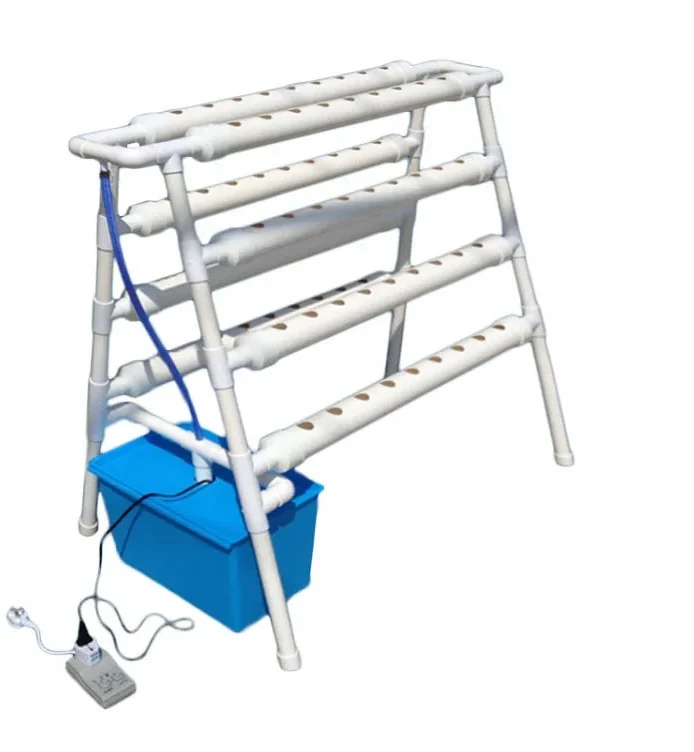 | 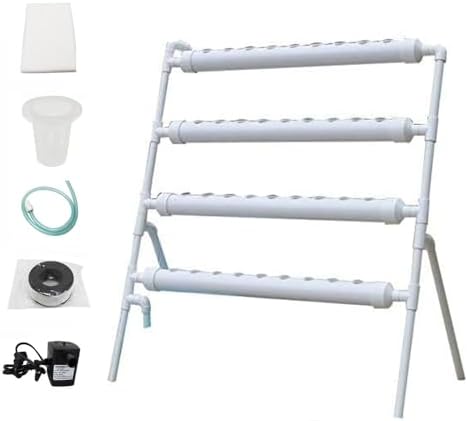 |
| Design | Three-Layer, maximizing space for 108 planting holes | A-Shape structure for efficient vertical planting | Staircase design optimized for small spaces |
| Material | Food-grade PVC, durable and safe | High-quality, UV-resistant food-grade PVC | Food-grade PVC, weather-resistant |
| Water Circulation | Efficient system for reduced water usage and rapid growth | NFT system for nutrient-rich water circulation | Smart recirculation design to minimize water waste |
| Size | 105 x 96 x 50 cm | 88 x 30 x 23 cm | To be confirmed—suggested compact design |
| Pump Voltage | AC 110–220V | AC 110–220V | AC 110–220V |
| Customization | Three-Tower, Two-Tower, or One-Tower high options | Tailored to fit rooftop and patio spaces | Custom configurations available |
| Benefits | Sustainable, high yield, easy to assemble | Space optimization, versatile planting | Compact design for urban and balcony gardening |
| Ideal Locations | Balconies, backyards, urban gardens, greenhouses | Rooftops, patios, luxury spaces, and restaurants | Small balconies, porches, and urban homes |
| Package Includes | Water tank, holder, 108 baskets & sponge, pump, hose | Water tank, holder, 72 baskets & sponges, pump, hose | Water tank, holder, 36 baskets & sponges, pump, hose |
| Vegetables Grown | Lettuce, kale, spinach, basil, parsley, cilantro | Lettuce, spinach, kale, herbs | Lettuce, spinach, kale, microgreens |
| Pricing | KSH 30,000 | KSH 20,000 | KSH 15,000 |
Why Choose Our Expandable Hydroponic Systems ?
How It Works (Step-by-Step)
Step 1: Book a Site Assessment
Step 2: Receive a Custom Design Plan
Step 3: Installation & Training
Step 4: Start Growing with 1-month Support
Frequently Asked Questions
Your Questions Answered
General Questions
What are the main differences between the 108 Planthole, 72 Planthole, and 36 Plant-hole hydroponic systems?
All three systems are designed for efficient and sustainable gardening. The 108 Plant-hole System features a three-layer structure ideal for maximizing yield. The 72 Plant-hole A-Shape System offers a sleek vertical design perfect for small outdoor spaces, while the 36 Plant-hole Staircase System is compact and suitable for balconies or patios.
Are these systems suitable for beginners?
Yes! All systems are designed for easy assembly and low maintenance, making them perfect for beginners and experienced gardeners alike.
Can I use these systems indoors?
While primarily designed for outdoor use, they can be used indoors with the addition of grow lights and proper ventilation.
Benefits-Related Questions
What are the main benefits of these hydroponic systems?
- Save up to 90% water compared to soil-based gardening.
- High-yield production in a small space.
- Year-round cultivation of fresh, pesticide-free produce.
How do these systems support sustainability?
The recirculating water systems minimize waste, and the use of food-grade PVC ensures long-lasting, eco-friendly gardening.
Use Cases-Related Questions
Where can I install these systems?
- 108 Plant-hole System: Balconies, backyards, greenhouses, and rooftops.
- 72 Plant-hole A-Shape System: Urban gardens, patios, hotel gardens, and corporate terraces.
- 36 Plant-hole Staircase System: Small balconies, porches, and compact urban spaces.
Are these systems suitable for commercial use?
Yes, the 108 and 72 Plant-hole Systems are particularly suitable for commercial setups, such as supplying restaurants, hotels, or small-scale farming businesses.
Plant-Specific Questions
What types of plants can I grow in these systems?
An expandable hydroponics system is versatile and can support a wide range of plants, from leafy greens to fruits and herbs. Below is a comprehensive and categorized list:
Leafy Greens
These fast-growing, shallow-rooted plants are perfect for hydroponic systems:
- Lettuce: Romaine, Butterhead, Iceberg, Bibb, and Leaf varieties.
- Spinach: Baby spinach and full-sized varieties for fresh use or cooking.
- Kale: Curly, Lacinato (Dinosaur), Red Russian, and ornamental kale.
- Swiss Chard: Rainbow and green chard.
- Arugula: Wild and cultivated varieties for salads or garnishes.
- Cabbage: Miniature varieties for compact growing spaces.
- Collard Greens: Hardy and nutrient-dense, perfect for year-round production.
- Mustard Greens: Adds a tangy flavor and thrives in hydroponic systems.
- Watercress: A quick-growing aquatic green.
- Endive & Escarole: Crisp and bitter greens suitable for salads and wraps.
2. Herbs & Spices
Hydroponic systems deliver consistent nutrients, making them ideal for flavorful herbs and spices:
- Basil: Sweet, Thai, Lemon, and Purple Basil.
- Mint: Peppermint, Spearmint, Chocolate Mint, and Apple Mint.
- Cilantro (Coriander): Grows rapidly in hydroponic conditions.
- Parsley: Flat-leaf (Italian) and curly varieties.
- Chives: Standard chives and garlic chives for mild onion flavors.
- Oregano: Mediterranean, Greek, and Mexican oregano varieties.
- Thyme: Lemon thyme and common thyme for versatile seasoning.
- Rosemary: Woody herb perfect for roasts and savory dishes.
- Sage: Common sage for cooking and ornamental purposes.
- Dill: Great for pickling and flavoring seafood.
- Fennel: Both herb and bulb varieties grow well.
- Lemongrass: Thrives in hydroponics with adequate support.
- Tarragon: Adds a unique flavor to fish and chicken dishes.
3. Fruits
Small, lightweight fruits thrive in hydroponics, offering high yields in limited space:
- Strawberries: June-bearing, everbearing, and day-neutral varieties.
- Tomatoes: Cherry, Grape, Roma, Heirloom, and Beefsteak tomatoes.
- Peppers: Bell peppers, Sweet Banana, Jalapeño, and Cayenne.
- Cucumbers: Persian, English (seedless), and Pickling varieties.
- Eggplants: Compact varieties such as Fairy Tale and Black Beauty.
- Blueberries: Thrives with acidic nutrient solutions.
- Raspberries: Adaptable to hydroponics with vertical supports.
- Melons: Small varieties such as Cantaloupe and Sugar Baby Watermelon (with trellising).
- Ground Cherries: Small, sweet fruits encased in papery husks.
4. Exotic or Specialty Crops
For those looking to expand beyond common crops:
- Microgreens: Broccoli, radish, sunflower, and mustard microgreens.
- Edible Flowers: Nasturtiums, Calendula, Pansies, and Marigolds.
- Leaf Amaranth: A vibrant and nutritious addition.
- Pak Choi (Bok Choy): Compact varieties perfect for stir-fries.
- Wasabi: Requires specific conditions but thrives in hydroponics.
5. Ornamentals (Optional)
Although not food-producing, some growers use hydroponics for decorative purposes:
Spider Plants: Common decorative plant adapted for hydroponics.
Petunias: Bright, cascading blooms.
Begonias: Thrives in hydroponic nutrient systems.
Ornamental Kale: Adds color and texture to displays.
Are there plants that should not be grown in this system?
Root vegetables like carrots, potatoes, and onions are not ideal for standard hydroponic systems due to their deep soil requirements. However, these can thrive in soil-like hydroponic setups, such as trough systems.
Can I grow fruiting plants like tomatoes or peppers?
While these systems are optimized for leafy greens and herbs, smaller fruiting plants can be grown with proper support and care.
Do I need special seeds for hydroponic gardening?
No, regular seeds work fine. However, choosing seeds labeled as “fast-growing” or “hydroponic-friendly” may yield better results.
Installation and Setup
How do I set up the hydroponic system?
Each system comes with an installation guide. Assembly involves connecting the PVC pipes, placing planting baskets, installing the water pump, and adding the nutrient solution to the water tank.
What tools are needed for installation?
All required components are included in the package. A basic wrench may be helpful but is not always necessary.
How much space do I need to install these systems?
36 Plant-hole Staircase System: Compact design; specific dimensions can vary with customization.
108 Plant-hole System: Requires a space of 105 x 96 x 50 cm.
72 Plant-hole A-Shape System: Requires a space of 88 x 30 x 23 cm.
Maintenance and Troubleshooting
How often do I need to clean the system?
Cleaning is recommended every 2–3 weeks or between planting cycles to prevent algae and bacterial growth.
What kind of maintenance does the water pump require?
The pump should be inspected monthly to ensure it is free of blockages and functioning properly.
How do I refill the nutrient solution?
Monitor the water level regularly and top up with the prepared nutrient solution as needed, typically once a week.
Performance Related Questions
How quickly can I harvest vegetables using these systems?
Most leafy greens and herbs reach harvestable size within 4–6 weeks, depending on the plant type and growing conditions.
Will the systems perform well in all climates?
These systems perform best in moderate climates. For extreme climates, use a greenhouse or indoor setup with environmental controls for optimal results.
What is the expected lifespan of the systems?
With proper maintenance, these hydroponic systems can last for up to 10 years several years, thanks to the durable, food-grade PVC construction.
Join the Hydroponics Revolution
Start your journey toward a greener, healthier lifestyle with Alpha Hydroponics, the trusted name in innovative gardening solutions across Kenya.
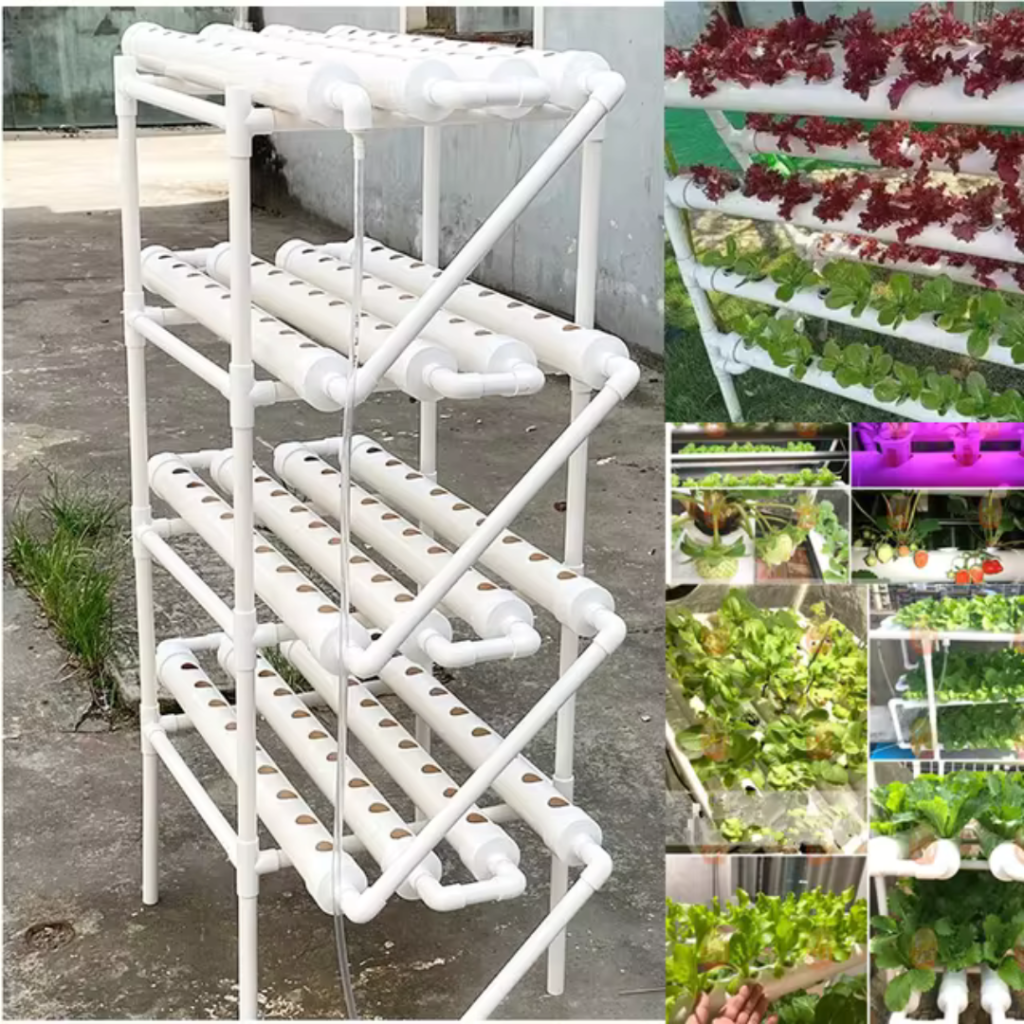





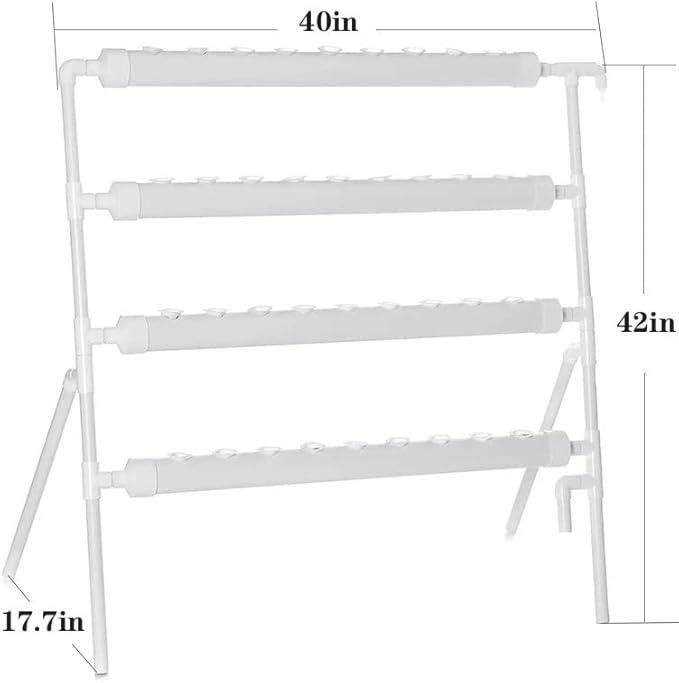
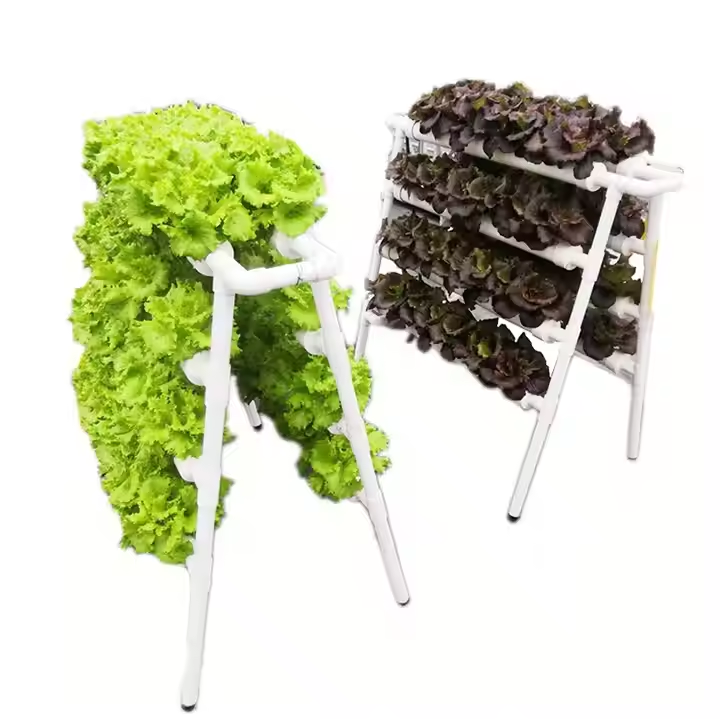
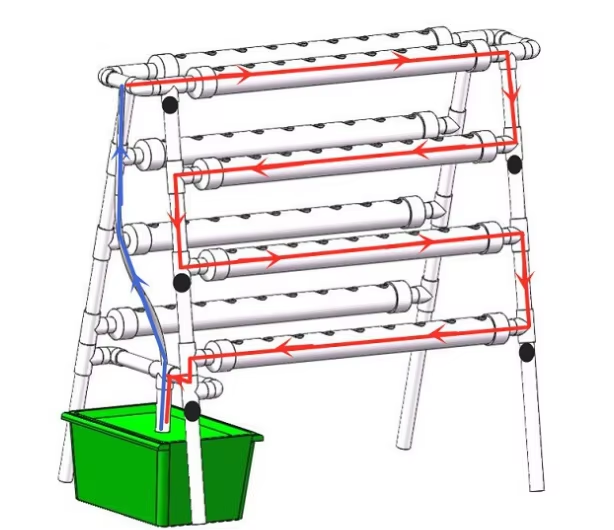

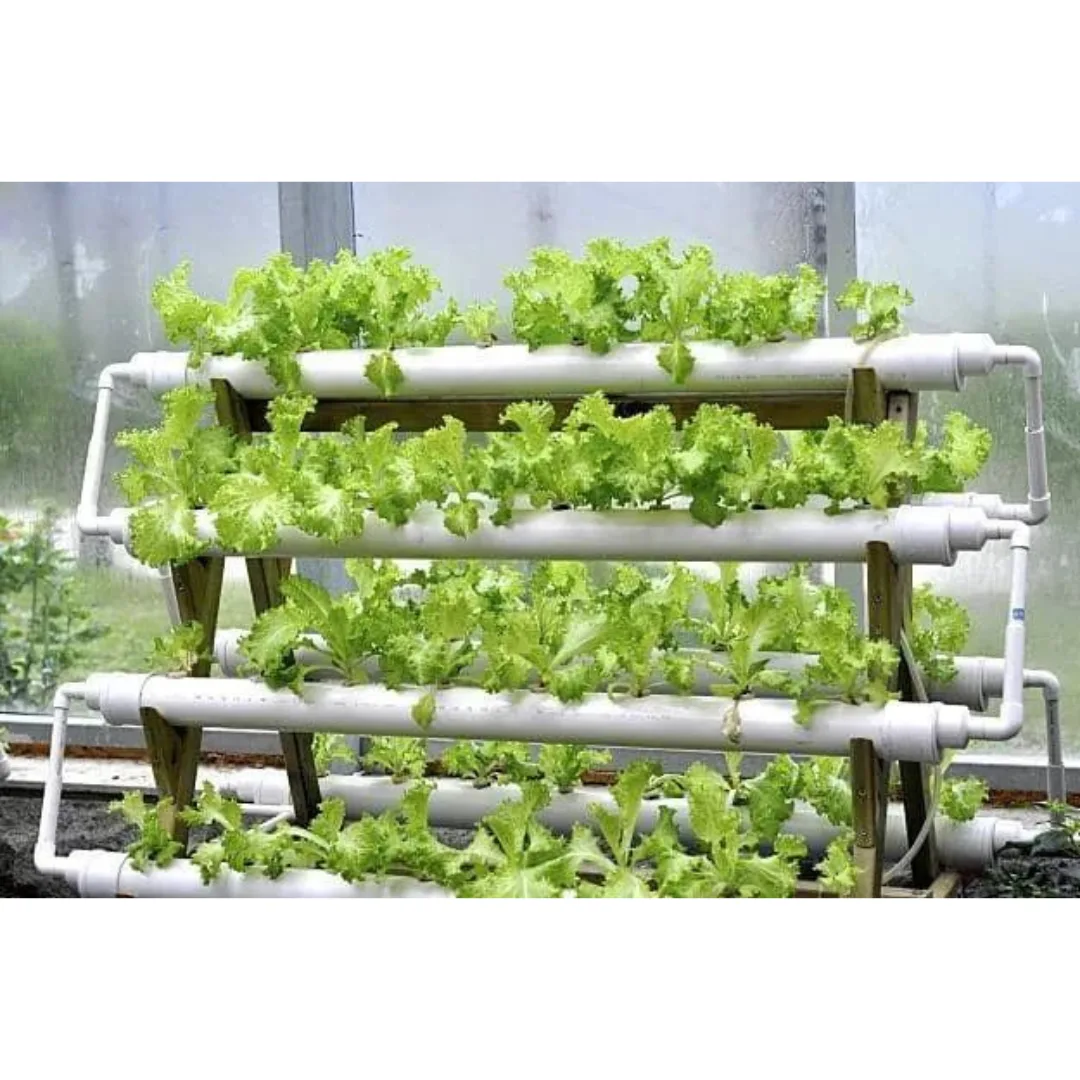

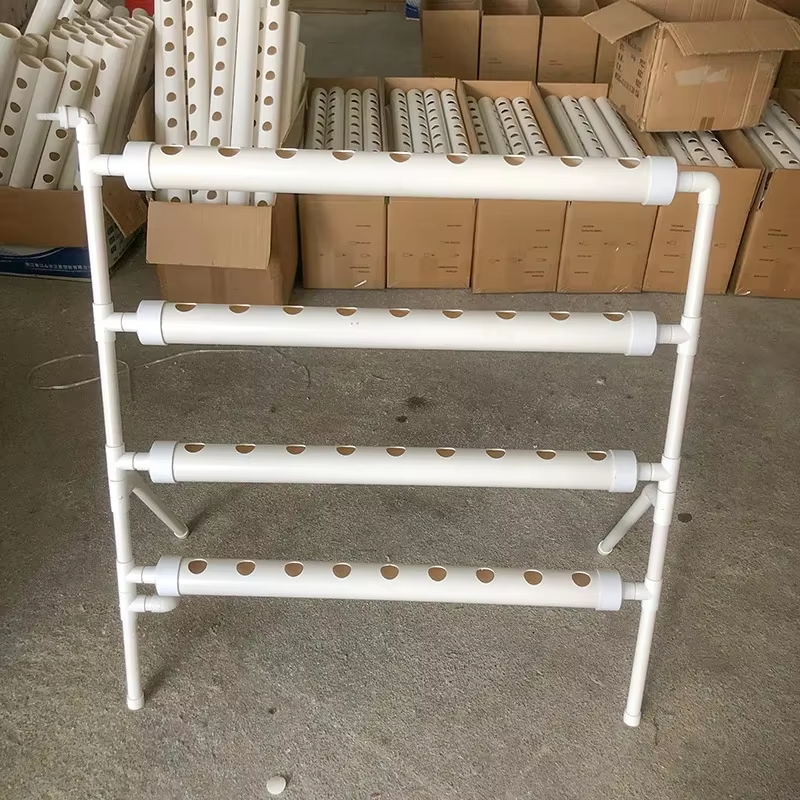









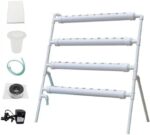











Reviews
There are no reviews yet.